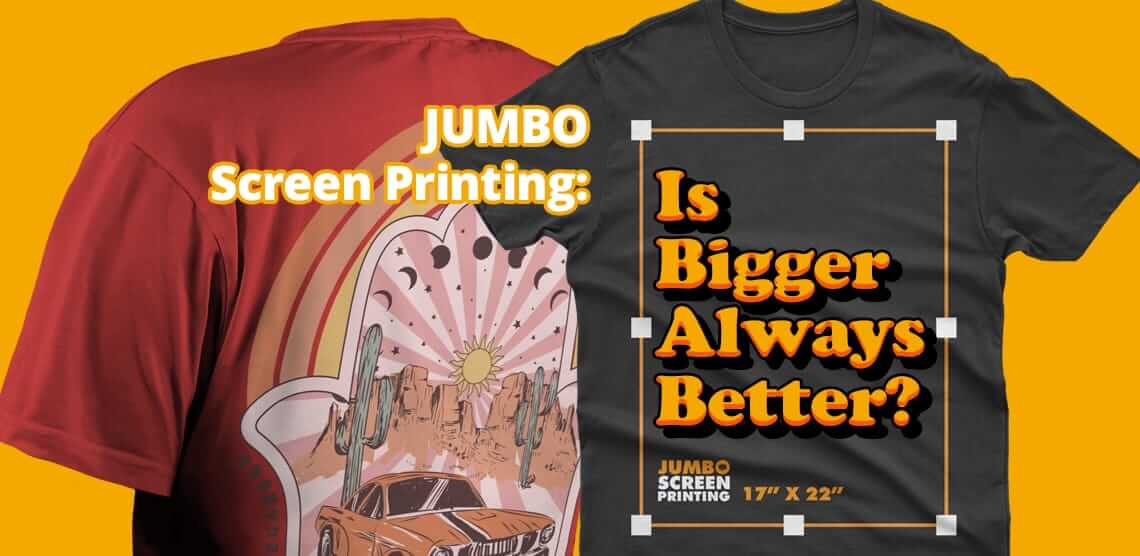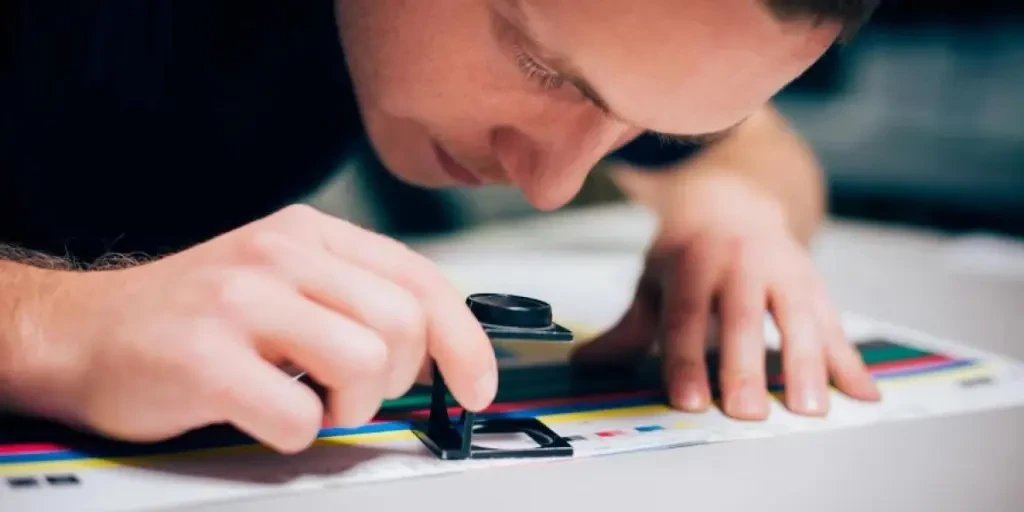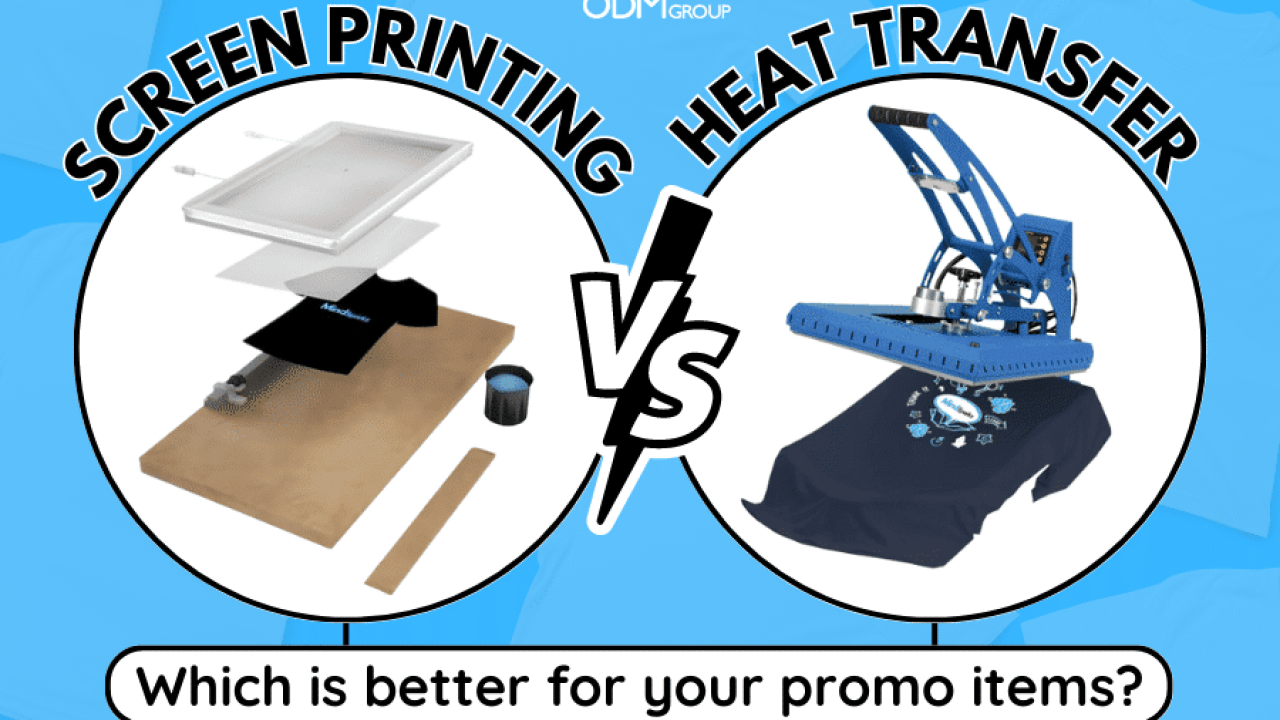Excitement About Tx Tees
Excitement About Tx Tees
Blog Article
The Ultimate Guide To Tx Tees
Table of ContentsTx Tees for DummiesSee This Report about Tx TeesExcitement About Tx TeesGetting The Tx Tees To WorkNot known Facts About Tx TeesThe Ultimate Guide To Tx TeesFacts About Tx Tees Uncovered
Add up various other expenses, like the number of energies it takes to run the shop and the price of ink and solution per layout. Take the print below.The emulsion must just be a couple of cents because you 'd only need to coat one display for this work. Just how much should you bill per shirt to make a profit? Typically, printers try to make up to 45% revenue on a print task. Below's a table to aid you establish that: complete expense per product percent of desired profit as a decimal (example:.25 or.45) revenue made per product per task Currently let's discuss the profitability of DTF.

With DTF, you can publish a handful of tee shirts, or just one. Both screen printing and DTF have their particular niches in the globe.
Tx Tees Things To Know Before You Get This
The most effective means to know? Ask around and see what printing shop like your own are doing. t-shirt printing. Try both out and see which you like much better
When you're selecting what kind of printing approach to make use of for publishing your art work layouts on your garments, it is very important that you know the differences between these 2 strategies so you can optimize outcomes while minimizing costs. Screen printing is the most commonly made use of method for publishing styles on textiles.
DTG printing is also understood as area or direct to garment printing because it prints only what is required as opposed to making a display as display printers do. http://tupalo.com/en/users/6453236. Screen printing functions by screen filler squeegee display printing ink screen mesh display, then transferring the photo to garment utilizing warmth and/or pressure
The DTG printer makes use of special dye-sublimation inks that are applied right into a pre-designed image by an electronic printing system. The inks enter into the textile, enabling for vivid colors and remarkable information. It's also called place or direct to garment printing due to the fact that it publishes just what is needed rather than making a screen as screen printers do.
Indicators on Tx Tees You Should Know
It's much faster - you can print a fullcolor picture in minutes, as opposed to hours for screen printing. Second, there's no established up time or expenses involved - you can print any layout you such as, without having to develop a display. Third, there's no waste - because screen printers display print one design at once, they need to evaluate each color separately.
The paper is extremely costly and can only be utilized when. Once it's printed on, it has to be thrown out. - The initial acquisition cost is less than the in advance investment of DTG printers- You can print multi-color layouts one screen each time as opposed to needing to print each shade individually like DTG printing.

Tx Tees for Dummies
Nevertheless, rather than making use of screen mesh as screen printers do, color sublimation printers make use of laser modern technology to transfer your images onto garments or paper. A warmth procedure moves the dye from its solid-state directly into the gas phase which consequently integrates it onto fabric substrates when they are rapidly heated to high temperatures under high pressure.
Sublimation printing is environmentally friendly. It utilizes much less water than screenprinting, and due to the fact that it doesn't involve the use of dangerous solvents, it's secure for all kinds of apparel. The color sublimation inks are additionally odorless when cured, unlike screen printers that use harmful chemicals during the screen printing procedure that leave an undesirable smell.
They likewise save money on costly equipment like exposure devices given that color sublimation printers do not need a UV exposure unit or a flash cure stove that is commonly made use of in display printing (screen printer). What is direct to garment printing (DTG Printing)? DTG printing is a digital screenprinting procedure that publishes directly onto fabric using specialized inkjet printers
Tx Tees Can Be Fun For Anyone
DTG printing offers many advantages over conventional screenprinting, consisting of the capability to print photo high quality photos, higher shade vibrancy, and the capability to publish styles on darker fabrics. DTG printers function by heating the fabric ink until it becomes a gas. The gas after that penetrates the fabric, bonding with the fibers to produce a permanent print.

Screen printers simply prepare their screen then begin publishing up until they lack product or ink.- There is a large range of seasoned screen printers all over the globe, which can be handy for newbies. - It's a slower process - display printers commonly need to await the ink to dry before they can publish the following color- Display printers need manual work, so there's a higher understanding contour and it takes longer to produce a premium design- Display printing isn't as precise as DTG printing, so you may obtain some "blood loss" of shades from one part of the image onto an additional if not done properly.
What Does Tx Tees Do?
Instead of utilizing display mesh as display printers do, dye sublimation printers utilize laser modern technology to transfer your pictures onto garments or paper. A warmth procedure transfers the dye from its solid-state directly right into the gas stage which subsequently fuses it onto fabric substrates when they are swiftly heated to high temperatures under high stress.
Sublimation the original source printing is environment-friendly. It makes use of less water than screenprinting, and since it does not entail using dangerous solvents, it's secure for all kinds of clothing. The dye sublimation inks are additionally unsmelling when cured, unlike screen printers that utilize dangerous chemicals throughout the display printing procedure that leave behind an unpleasant odor.
They likewise conserve cash on pricey tools like direct exposure units because dye sublimation printers don't need a UV direct exposure system or a flash remedy stove that is generally utilized in screen printing. What is direct to garment printing (DTG Printing)? DTG printing is a digital screenprinting process that prints directly onto fabric using specialized inkjet printers.
Tx Tees for Dummies
DTG printing provides many advantages over standard screenprinting, including the ability to publish photo high quality images, greater shade vibrancy, and the capability to print layouts on darker materials. DTG printers work by warming the fabric ink until it transforms right into a gas. The gas then penetrates the textile, bonding with the fibers to produce a permanent print.
Report this page